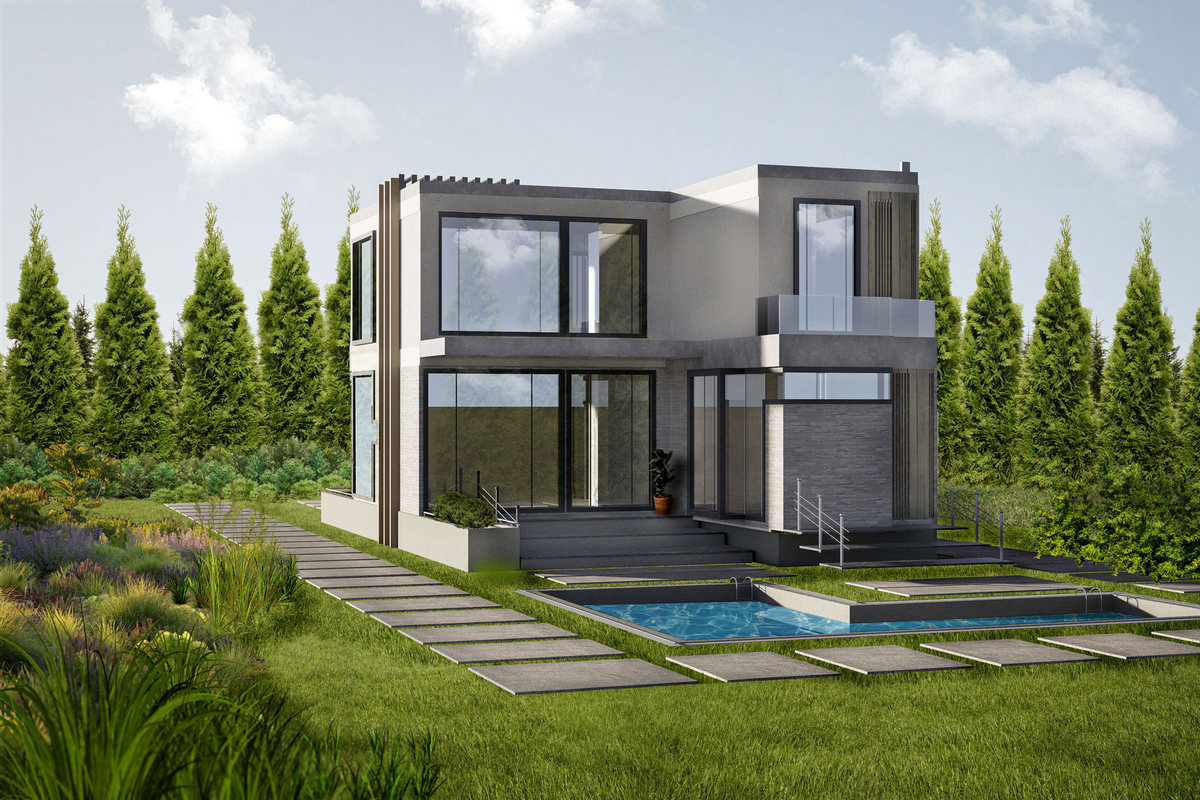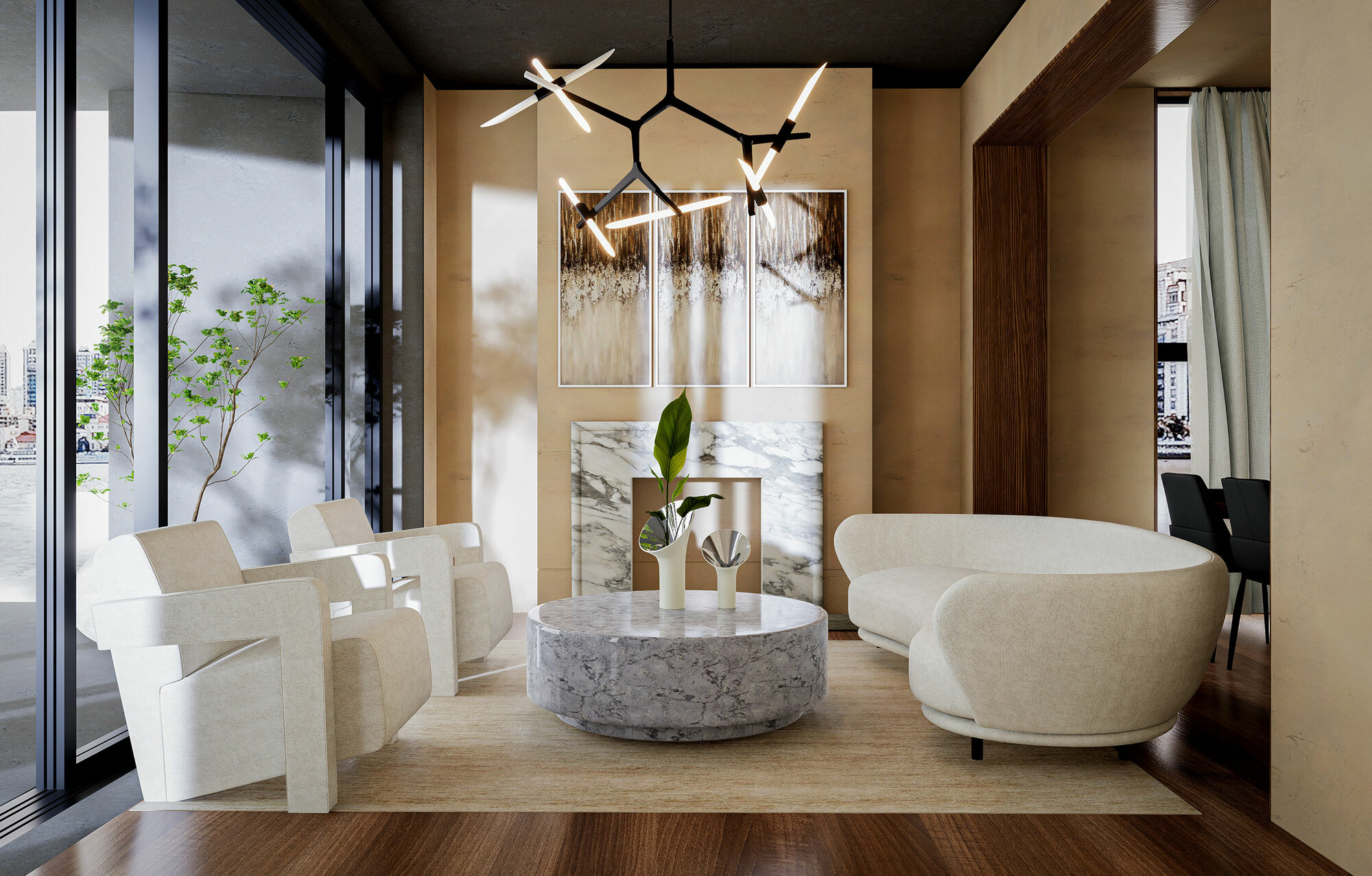Sketch vs Photorealistic Render: How to Choose the Right Visual Style for Your Project


How Sketches Work — and Why They're So Effective
An architectural sketch is not just a draft. It's a carefully composed image where every line, shadow, and highlight serves a purpose. A sketch:
emphasizes the core ideas of a project;
- allows quick and flexible edits;
- creates emotional engagement — helping clients envision themselves in the space;
- saves time during the concept phase.
A realistic sketch — like in my approach — maintains precision and professionalism, while staying expressive and alive. It helps clients not just see, but feel the architectural concept.
When to Choose a Render
A photorealistic render is a powerful tool — especially when the project is close to completion:
- it’s essential for sales, investor pitches, and developer presentations;
- it’s effective when all materials and details are finalized;
- it convincingly showcases lighting, textures, and the surrounding context.
A render is a visual promise of how everything will look. It builds trust and certainty in the client’s mind.
Sketch or Render? Choosing the Right Tool
Quick idea exploration or early concept Sketch — flexible, fast, expressive
Showing design variations to a client Sketch — cost-effective and easy to adjust
Standing out in competitions or tenders Sketch — adds personality and artistic value
Investor or stakeholder presentations Render — builds trust and conveys realism
Marketing visuals and social media Render — photorealism creates emotional impact
Final-stage material and lighting showcase Render — precise and technically accurate
Sketches and renders are not competitors — they are complementary tools for different project stages.
When used strategically, they can enhance your presentation, speed up approvals, and build greater client confidence.
If you want to use visualization as a strategic asset, it’s important to understand not just what to show — but how to show it.
Need help deciding which visual style suits your project best?